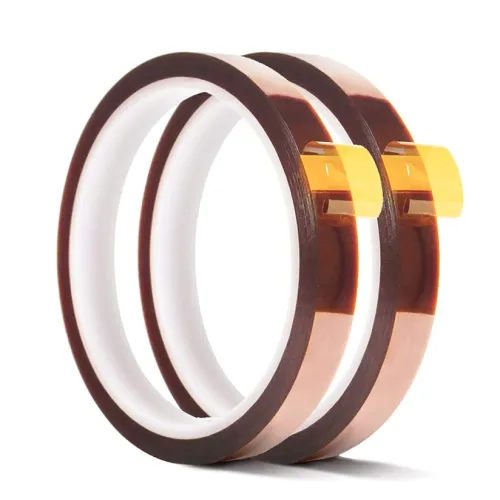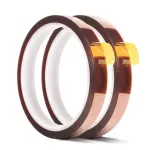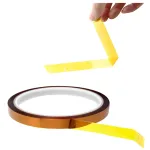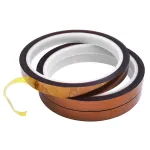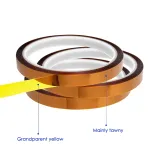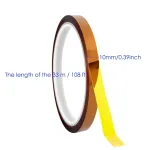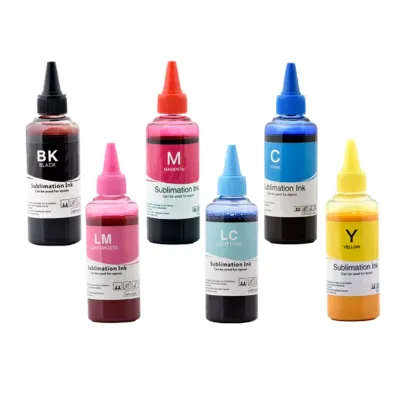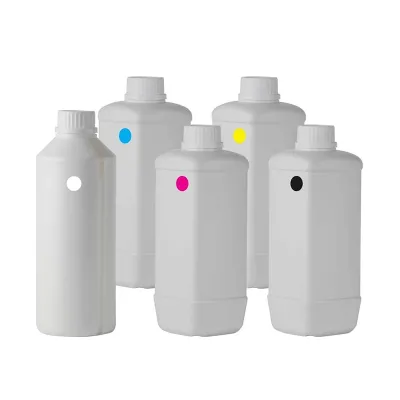Thermal heat resistant tapes are specialized adhesive tapes designed to withstand high temperatures, commonly used for insulation, electrical applications, and in environments where heat resistance is essential
Select the color
Select Variant
Select quantity
Introduction to Thermal Heat Resistant Tapes
- Definition of thermal heat resistant tapes
- Overview of the materials used in making these tapes (e.g., silicone, fiberglass, PTFE)
Types of Thermal Heat Resistant Tapes
- Silicone Tapes – High-temperature resistance, flexibility, and strength.
- Fiberglass Tapes – Used for high-heat applications, often coated with silicone for added protection.
- PTFE Tapes – Known for their non-stick properties, ideal for high-heat applications like electronics or industrial machinery.
- Kapton Tapes – Used in aerospace, electronics, and other extreme environments due to their excellent thermal resistance.
- Ceramic Tapes – Used in high-heat settings where other tapes might fail, such as furnaces or kilns.
Key Features of Heat Resistant Tapes
- Heat resistance ratings (temperature ranges they can withstand)
- Chemical resistance and insulation properties
- Thickness and width variations
- Adhesive properties
Applications of Thermal Heat Resistant Tapes
- Industrial Applications
- Machinery insulation
- Automotive and aerospace industries
- Electronics and Electrical Systems
- Protecting components from heat damage
- Insulation of wiring and connections
- HVAC and Appliance Industry
- Sealing in high-temperature areas
- Insulation in air ducts and ovens
- Construction and Home Use
- Insulating pipes, ducts, and vents
Benefits of Thermal Heat Resistant Tapes
- Protection of sensitive equipment and materials from heat damage
- Cost-effective alternative to other insulation methods
- Easy to apply and remove without leaving residue
- Ability to withstand extreme environments without degrading
Conclusion
- Final thoughts on the importance of using the right type of thermal heat-resistant tape in different applications
- Future trends in thermal protection technologies
If you'd like, I can help you expand on any of these sections! Let me know which part you'd like more detail on.
| Product Name | Item Weight( Kg ) | Pieces in Pack | Carton Weight ( Kg ) | Carton Size ( Cm ) |
| Thermal Heat Resistant Tapes SKU: EL- 240 | 0.0200 | 0 | 0.0000 | 00 |

